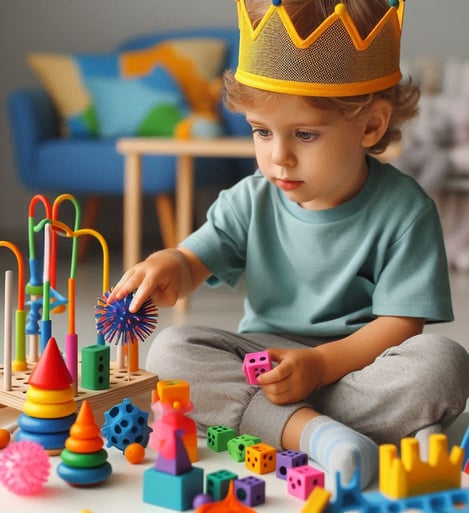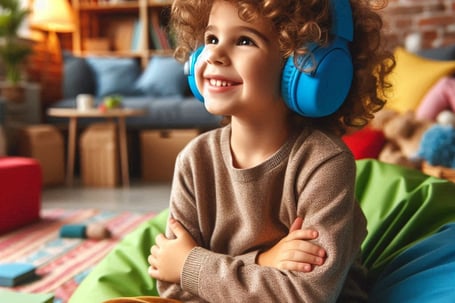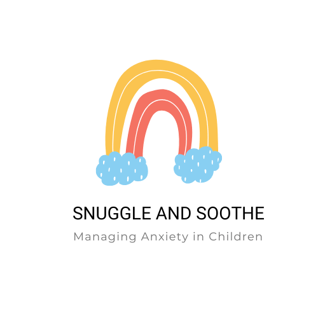Managing anxiety in children with autism


Anxiety can significantly impact children with autism, often manifesting in ways that are more intense or unique compared to neurotypical children. Below is an in-depth exploration of how anxiety affects autistic children, including its causes, symptoms, and strategies for support.
Understanding Anxiety in Autistic Children
Anxiety is a common challenge for children with autism. Studies suggest that autistic individuals are more prone to anxiety disorders, including generalized anxiety disorder (GAD), social anxiety, and phobias. While neurotypical children may experience occasional worry, autistic children often struggle with chronic, overwhelming anxiety that influences their daily lives. Many factors contribute to heightened anxiety in autistic children, including sensory sensitivities, difficulty with transitions, and challenges in social communication. Understanding these causes can help caregivers and educators provide meaningful support.
Causes of Anxiety in Autistic Children
Sensory Overload
Children with autism often have heightened sensitivities to sounds, lights, textures, and smells. For them, a loud classroom, a crowded supermarket, or fluorescent lighting can be distressing. This constant sensory bombardment can lead to high anxiety levels, particularly in unpredictable environments.Difficulty with Changes and Transitions
Many autistic children thrive on routine and predictability. Sudden schedule changes or unexpected events can trigger anxiety. For example, transitioning from one activity to another or facing an unplanned outing can feel overwhelming, leading to resistance or emotional distress.Challenges in Social Interaction
Social norms can be confusing for autistic children. Struggling to interpret facial expressions, tone of voice, or unwritten social rules can make interactions stressful. Social anxiety is common, particularly in group settings where they may feel pressure to conform without fully understanding the expectations.Rigid Thinking Patterns
Some autistic children experience cognitive rigidity, meaning they find it difficult to shift their thought patterns. If an unexpected event disrupts their plans, they may dwell on it for long periods, causing prolonged distress.Fear of Failure or Perfectionism
Some autistic children exhibit perfectionist tendencies and may become extremely anxious when tasks do not go as planned. This fear of failure can cause them to avoid new activities altogether, limiting their ability to explore and learn.
Common Anxiety Symptoms in Autistic Children
Anxiety in autistic children can present differently than in neurotypical children. Some signs include:
Meltdowns or shutdowns: Extreme distress may lead to outbursts, crying, or withdrawing entirely.
Increased repetitive behaviours: Stimming (e.g., hand-flapping, rocking, or repeating words) may intensify as a coping mechanism.
Avoidance behaviours: Children may refuse to attend events, school, or social gatherings due to overwhelming anxiety.
Sleep disturbances: Anxiety can cause difficulty falling asleep or frequent waking during the night.
Gastrointestinal issues: Some children experience stomach pain or nausea when anxious.
Excessive worry: They may fixate on specific fears, repeatedly asking the same questions to seek reassurance.
Strategies to Support Autistic Children with Anxiety
Helping children navigate anxiety requires patience and tailored approaches. Here are effective strategies:
1. Sensory-Friendly Spaces: Creating a low-stimulation environment can prevent anxiety from escalating. Quiet corners, sensory lights, weighted blankets, and fidget tools provide calming input, helping children self-regulate.
2. Visual Schedules and Predictability: Using visual schedules (charts, timers, or images) helps autistic children anticipate transitions, reducing anxiety. A structured routine fosters security and minimizes unexpected stressors.
3. Social Stories: Social stories—short illustrated narratives explaining situations—prepare children for social interactions. They help outline expectations, easing worries about upcoming events.
4. Gradual Exposure and Preparation: If a child struggles with change, introducing it gradually can ease anxiety. For example, transitioning to a new school can involve short visits beforehand, allowing the child to acclimate at their own pace.
5. Mindfulness and Relaxation Techniques: Deep breathing, guided imagery, and mindfulness exercises can help manage anxiety. Using calming visuals and sensory-based meditation can make these techniques more accessible.
6. Encouraging Special Interests: Many autistic children find comfort and joy in their special interests. Encouraging these passions helps build confidence, providing an emotional anchor during anxious moments.
7. Professional Support: Therapies like CBT (Cognitive Behavioural Therapy), occupational therapy, and exposure therapy can help autistic children develop coping mechanisms. Working with autism-informed professionals ensures tailored interventions.
Anxiety in autistic children is complex but manageable with the right strategies. By creating sensory-friendly environments, maintaining predictable routines, and offering emotional support, caregivers can help ease anxiety and foster a sense of safety.


